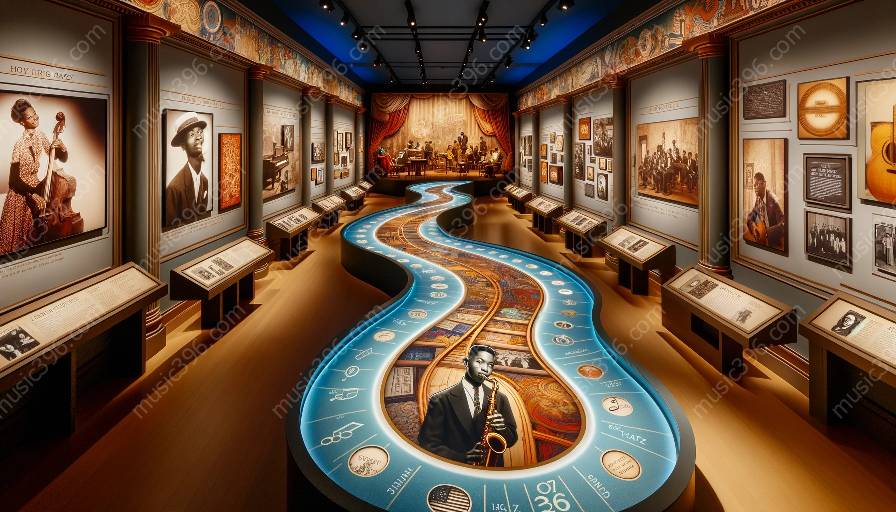Jazz Fusion, a genre that emerged in the late 1960s, combined elements of jazz with other musical styles, such as rock, funk, and world music, leading to a unique and influential form of music. This article explores the historical context, musical characteristics, influential artists, and the impact of Jazz Fusion on the evolution of jazz, as well as its significance in jazz studies.
Historical Context
Jazz Fusion emerged during a time of musical experimentation and cultural change in the United States. The 1960s saw the convergence of various genres, including rock, funk, and avant-garde music, which influenced the development of Jazz Fusion. Additionally, the civil rights movement and social upheaval contributed to the spirit of innovation and boundary-breaking in the music industry, providing a fertile ground for the emergence of Jazz Fusion.
Musical Characteristics
Jazz Fusion incorporated elements of traditional jazz, such as improvisation and complex harmonies, with the rhythmic drive and energy of rock and funk. The use of electric instruments, synthesizers, and unconventional time signatures further distinguished Jazz Fusion from traditional jazz, giving it a more contemporary and expansive sound.
Influential Artists
The emergence of Jazz Fusion coincided with the rise of musicians who sought to push the boundaries of jazz. Artists such as Miles Davis, Herbie Hancock, and Weather Report played pivotal roles in popularizing Jazz Fusion, showcasing their innovative approaches to blending jazz with other genres. Their groundbreaking albums, such as Miles Davis' 'Bitches Brew' and Herbie Hancock's 'Head Hunters,' became iconic examples of Jazz Fusion's creative potential and its impact on the music industry.
Impact on the Evolution of Jazz
Jazz Fusion revolutionized the jazz landscape, expanding its audience and reaching new musical frontiers. By incorporating elements from diverse musical traditions, Jazz Fusion attracted a broader following and diversified the jazz repertoire, contributing to its continued relevance and adaptation to contemporary tastes. Moreover, the fusion of genres sparked a wave of experimentation and cross-pollination within the jazz community, inspiring future generations of musicians to explore new sonic possibilities.
Significance in Jazz Studies
The emergence of Jazz Fusion marked a significant turning point in the study and appreciation of jazz as an art form. It expanded the scope of jazz education, inviting scholars and students to examine the fusion of different musical styles and its impact on traditional jazz conventions. Furthermore, Jazz Fusion's fusion of diverse influences provided a rich field for academic exploration, offering new perspectives on cultural exchange, musical innovation, and the evolution of jazz as a global phenomenon.





























